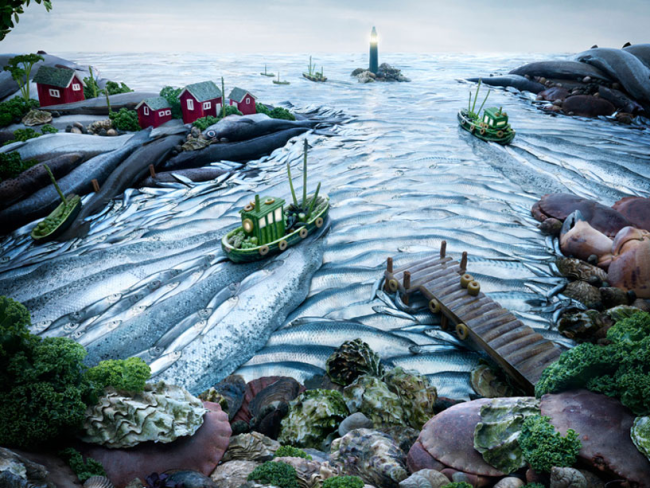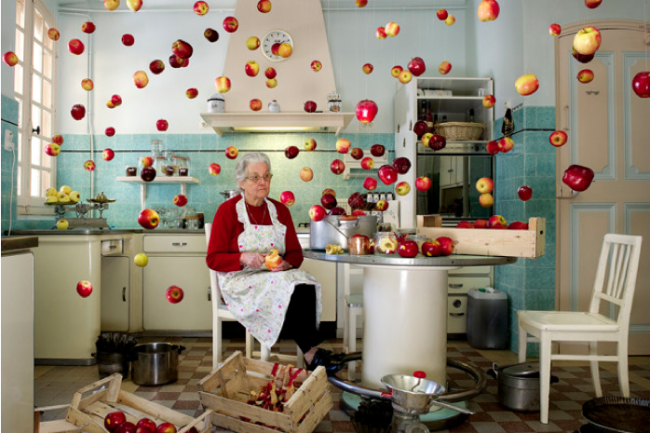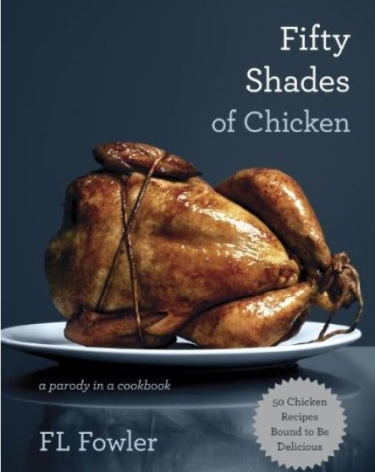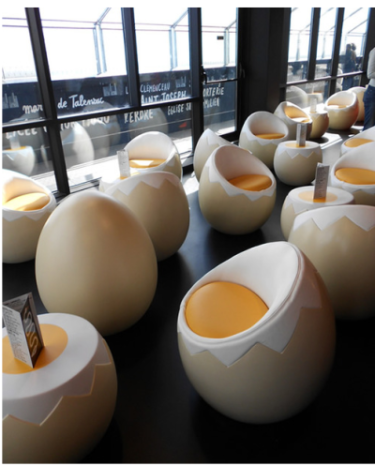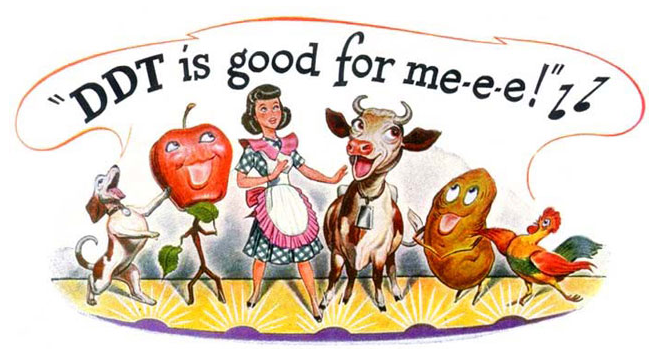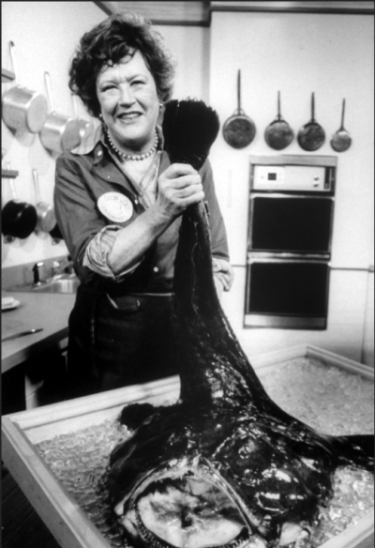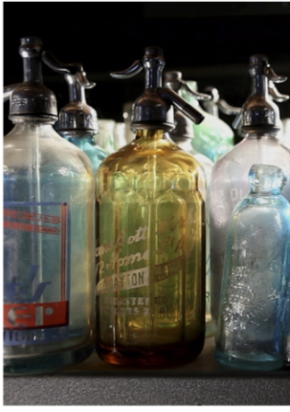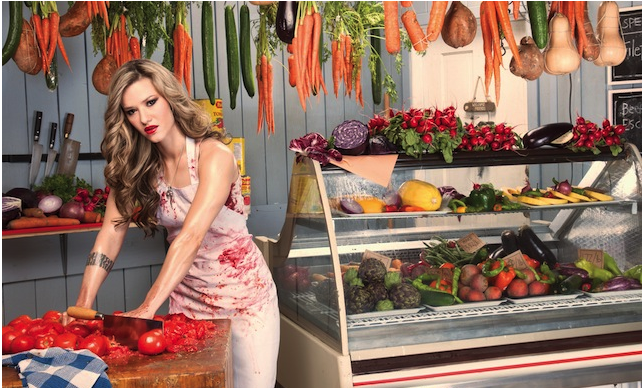Discerning pollinators in Toronto will now be residing at the “Bee Hotel” on the roof of the Fairmont Royal York. “We’re certainly hoping to positively sustain and support the bee species, but we’re also doing this to drive awareness and education, so this issue comes to the surface and hopefully others will take action.” The hotel uses its restaurant to showcase the project by featuring herbs from their garden (which the bees have pollinated) and honey that they make. (Luxury Daily)
How Atomic Particles Helped Solve A Wine Fraud Mystery Those of you who've read The Billionaires Vinegar will be familiar with this story and how detecting atomic activity can help detect wine fraud. If not, you can get the quickie version in this Kitchen Sisters radio spot. (NPR)
Spreading the Nutella wealth: Italy's sweet success at 50 We still remember our first tastes of Nutella, hand-carried over from France before you could buy it in the US. It came with the realization that there were places in the world where everything tasted amazing and people were eating chocolate for breakfast. (Guardian)
What does meat taste of? When we describe meat dishes we rely on unhelpful words such as lamby or beefy. Why is it so hard to explain what meat tastes like, and what are its distinctive flavours made up of? This is your nerdy read of the week, including the fascinating fast fact that some Southeast Asian tribes allocate specific names to smells, just as we do colors. (Guardian)
When the real estate business use community gardens to sell: Gentrification and the Urban Garden “Our work wasn’t the cause of gentrification, but our programs and our aesthetics were being used to sell land and help displace people.” (New Yorker)
Will we all be drinking Chinese wine someday? It might take a while, but some think it's coming. The first sparkling wine made in China will be issued under the Chandon label this year. "China will rock our wine world – we just have to wait a little longer." (Wine Searcher)
If you felt like the Google and Facebook ads that pop up on your screen know too much about you, this will really freak you out: The Reverse Yelp: Restaurants Can Now Review Customers, Too (Bloomberg Businessweek)




